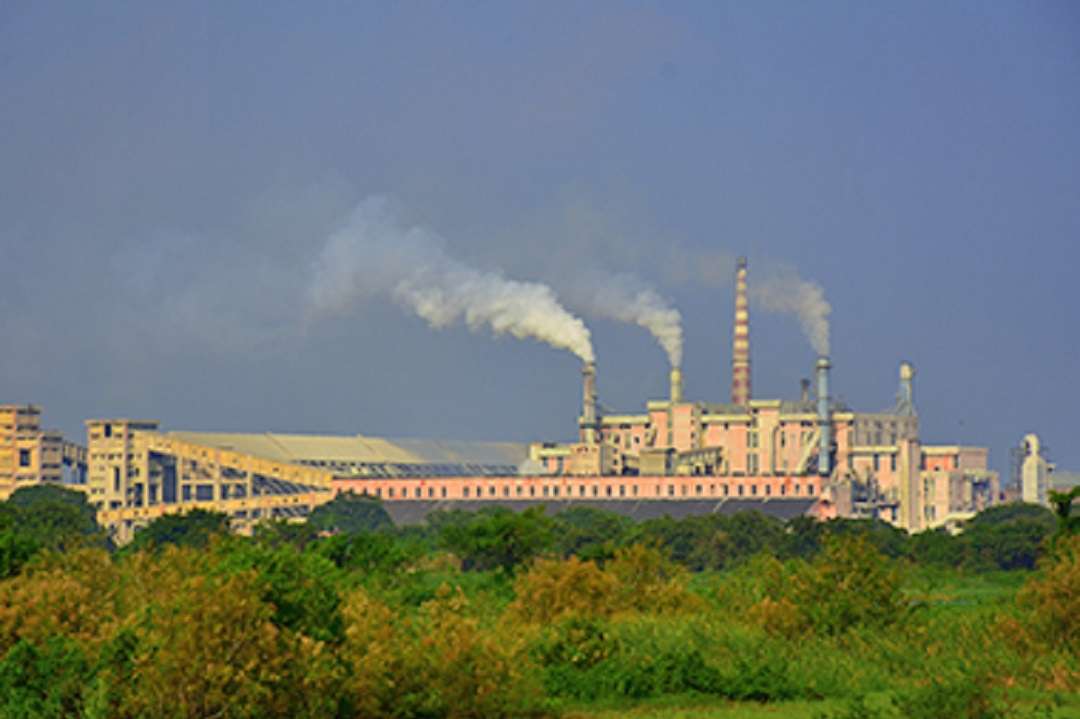Fertiliser producer Paradeep Phosphates Ltd (PPL) is set to invest over ₹1,500 crore in expanding its manufacturing capacity over the next three years, aiming to double its share of India’s phosphatic fertiliser market by the end of FY26. With the goal of achieving 3 million tonnes in annual sales, the company plans to scale up production from 2.6 million tonnes to 3.7 million tonnes. PPL currently holds around 12% of the market, which it plans to grow to 25% in a sector that sees an annual demand of about 20 million tonnes.
“Sales have been robust this season, particularly at the retail level. Water availability has also supported demand across our target markets,” said Suresh Krishnan, Managing Director and CEO of PPL. Central to the company’s growth roadmap is the integration of Mangalore Chemicals & Fertilizers Ltd (MCFL), a merger expected to close in the third quarter of this fiscal. The move will bring an additional 7 lakh tonnes of capacity and pave the way for a new 6 lakh tonne phosphatic plant in Mangalore.
PPL, listed in 2022, is also expanding its granulation capacity by over 1 million tonnes across its facilities on both the west and east coasts. Its phosphoric acid production is being scaled up by 40%—from 5 lakh tonnes to over 7 lakh tonnes by end-2026.
Mr Krishnan confirmed that the expansion will be financed through internal cash flows and selective borrowing. The company, with a capital base of over ₹4,300 crore and long-term debt below ₹1,000 crore, is in a strong financial position.
“With MCFL integration and this year’s financial close, our net worth is expected to exceed ₹5,500 crore,” Mr Krishnan said. He added that PPL’s healthy cash generation allows it to fund annual capital expenditure of ₹1,000–1,500 crore without putting pressure on debt.
To ensure consistent production, the company is maintaining long-term agreements for key raw materials. It has secured 1.6 million tonnes of rock phosphate supply from Morocco’s OCP, which controls around 70% of the world’s known reserves.
“OCP remains a strategic partner for us, not just in supply but also on the equity side,” Mr Krishnan noted. PPL is increasing sulfuric acid capacity from 1.3 million to 2 million tonnes per year, with the project expected to complete in the next three months. It sources 4 lakh tonnes of sulfur annually from Middle Eastern suppliers and Indian refiners, including Indian Oil Corporation.
For ammonia, the company has ongoing supply relationships with producers in Saudi Arabia, the UAE, and Qatar, and is working to secure longer-term agreements. India’s total phosphatic fertiliser demand is around 20 million tonnes, but domestic capacity covers only 14 million tonnes, leaving a gap of 6–7 million tonnes that must be met through imports.
The disruption in exports from China—previously a major supplier—has created additional pressure. India used to import about 2 million tonnes of DAP from China, but increased supply from Morocco and Saudi Arabia has helped offset the shortfall.
Mr Krishnan stressed the need to build self-reliant capacity as part of India’s broader economic vision. “To truly support the Atmanirbhar Bharat initiative, we need to invest in building local manufacturing capability.”
PPL is focusing on offering a broad portfolio of NPK grades, including its unique 19-19-19 formulation—the only one of its kind manufactured in India. The company is also pushing for 20–25% annual growth in its nano-fertiliser segment.
Post the MCFL merger, the company will operate seven granulation trains, enabling it to produce crop- and soil-specific fertiliser blends across India. The strategy places emphasis on balanced fertilisation, tailored to regional soil conditions and crop needs.
Mr Krishnan lauded the government’s Nutrient-Based Subsidy (NBS) policy, describing it as one of the most effective regulatory frameworks for the fertiliser sector in recent years. The policy ensures predictable returns, with 8–12% profit margins before tax, depending on a company’s level of backward integration.
He also acknowledged government efforts to shield farmers from global price volatility. “Despite cost pressures due to geopolitical events, the government has kept MRP stable by increasing subsidies instead of passing the burden to end-users.” Looking ahead, PPL anticipates continued demand growth in the phosphatic fertiliser market and plans to maintain strong supplier partnerships to ensure consistent input availability.
Mr Krishnan concluded by noting that with global supply chains facing disruptions—especially from Russia and China—boosting domestic capacity is not just a business strategy but also a step toward securing the country’s food production systems.







